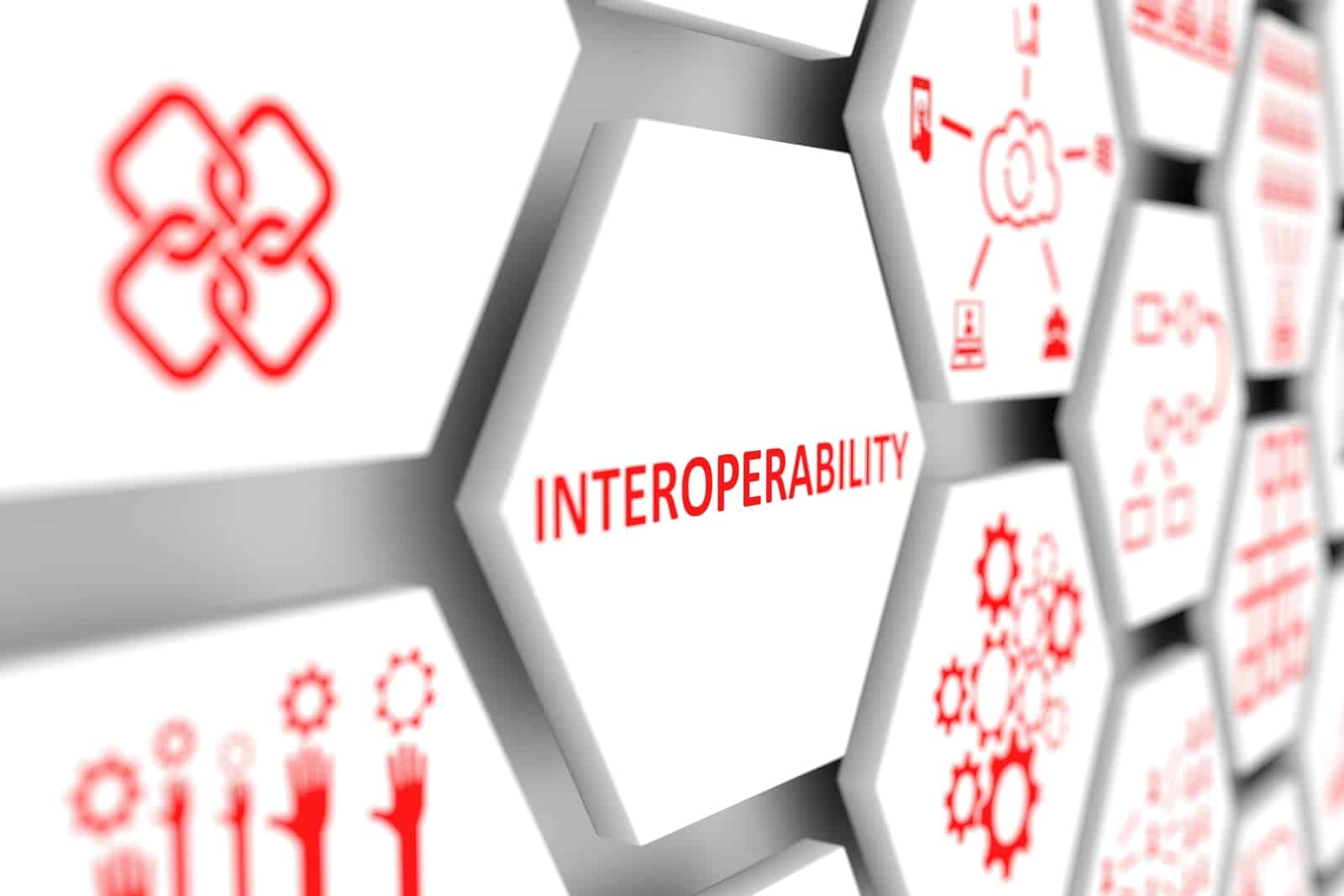How a Business Glossary Empowers Your Data Scientists
Actian Corporation
May 26, 2020

In the data world, a business glossary is a sacred text that represents long hours of hard work and collaboration between the IT & business departments. In metadata management, it is a crucial part of delivering business value from data. According to Gartner, it is one of the most important solutions to put in place in an enterprise to support business objectives.
A business glossary provides clear meanings and context for any company data or business term to help your data scientists with their machine learning algorithms and data initiatives.
Back to Basics: What is a Business Glossary?
A business glossary is a place where business and/or data terms are defined and accessible throughout the organization. As simple as this may sound, it is a common problem; not all employees agree or share a common understanding of even basic terms such as “contact” or “customer.”
Its main objectives, among others, are to:
- Use the same definitions and create a common language between all employees.
- Have a better understanding and collaboration between business and IT teams.
- Associate business terms to other assets in the enterprise and offer an overview of their different connections.
- Elaborate and share a set of rules regarding data governance.
Organizations are therefore able to have information as a second language.
How Does a Business Glossary Benefit Your Data Scientists?
Centralized business information allows to share what is essentially tribal knowledge, around an enterprise’s data. In fact, it allows Data Scientists to make better decisions when choosing which datasets to use. It also allows:
A Data Literate Organization
Gartner predicts that by 2023, data literacy will become an explicit and necessary driver of business value, demonstrated by its formal inclusion in over 80% of data and analytics strategies and change management programs. Increasingly, organizations are realizing this and beginning to look at data and analytics in a new way.
As part of the Chief Data Officer job description, it is essential that all parts of the organization can understand data and business jargons. It helps all parts of the organization to better understand a data’s meaning, context, and usages. So by putting in place a business glossary, data scientists are able to efficiently collaborate with all departments in the company, whether IT or business. There are less communication errors and thus they participate in the construction and improvement of knowledge of the enterprise’s data assets.
The Implementation of a Data Culture
Closely related to data literacy, data culture refers to a workplace environment where decisions are made through emphatic and empirical data proof. In other words, executives make decisions based on data evidence, and not just on instinct.
A business glossary promotes data quality awareness and overall understanding of data in the first place. As a result, the environment becomes more data-driven. Furthermore, business glossaries can help data scientists gain better visibility into their data.
An Increase in Trusting Data
A business glossary ensures that the right definitions are used effectively for the right data. It will assist with general problem solving when data misunderstandings are identified. When all datasets are correctly documented with the correct terminology that is understood by all, it increases overall trust in enterprise data, allowing data scientists to efficiently work on their data projects.
Their time is less spent on cleaning and organizing data, but rather on bringing valuable insights to maximize business value.
Implement a Business Glossary
Actian Data Intelligence Platform provides a business glossary within our data catalog. Our business glossary automatically connects and imports your glossaries and dictionaries in our tool with our APIs. You can also manually create a glossary within the Actian Data Intelligence Platform’s interface.
Check our business glossary benefits for your data scientists.
Subscribe to the Actian Blog
Subscribe to Actian’s blog to get data insights delivered right to you.
- Stay in the know – Get the latest in data analytics pushed directly to your inbox.
- Never miss a post – You’ll receive automatic email updates to let you know when new posts are live.
- It’s all up to you – Change your delivery preferences to suit your needs.
Subscribe
(i.e. sales@..., support@...)











